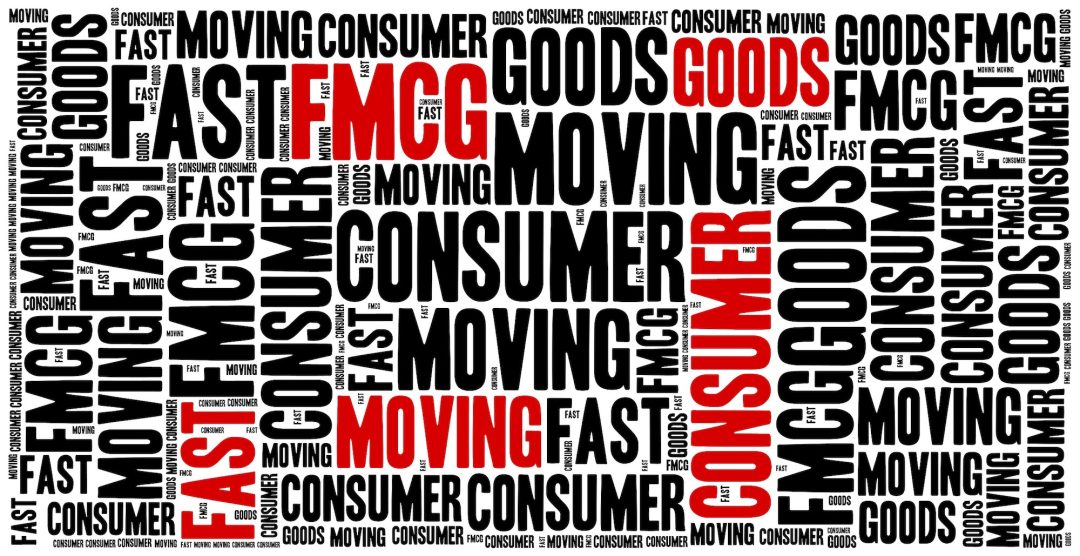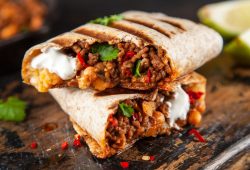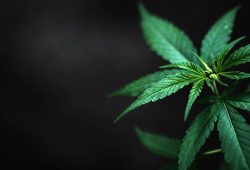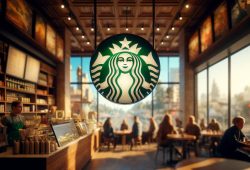According to Nasdaq, these are the Top 5 best valuable FMCG companies per revenue:
-
Nestlé: $93.2 billion
-
Procter & Gamble (P&G): $71.0 billion
-
Pepsico: $70.4 billion
-
Siemens Ag: $65.2 billion
-
Archer Daniels Midland: $64.4 billion
FMCG stands for “Fast-Moving Consumer Goods” – products purchased frequently that have high turnover due to their perishable nature or short shelf lives. They represent convenient, affordable, daily necessities spanning various categories.
Common examples include food, beverages, personal care items, cleaning supplies, batteries, and basic electronics. What unifies FMCG products is their mass appeal, prompt consumption, and regular repurchase patterns fueled by steady demand.
These dynamics differentiate them from durable goods meant to last longer before replacement. By contrast, consumers exhaust FMCG products completely between recurring purchases across shorter intervals. Their rapid sales velocity and high volumes translate into considerable combined revenues.
In fact, the global FMCG industry represents over $15 trillion in annual sales. It constitutes nearly 5% of the total world GDP, signifying an economic pillar providing income for manufacturers and retailers while fulfilling recurrent household needs.
Understanding Leading FMCG Categories and Brands
While universal requisites like food and hygiene dominate FMCG sales, popular products within sub-categories fluctuate across regions and cultures. Local preferences shape which precise offerings thrive in a given market.
For example, Mexico’s biggest FMCG segments feature strong soda, snack food, and cleaner manufacturers like Coca-Cola, PepsiCo, Clorox and P&G. Meanwhile Brazil sees leading dairy and personal care brands such as Nestlé, Lactalis and Natura excelling in their fields.
Therefore, grasping successful FMCG corporations requires examining brand portfolios through a localized lens. Most industry titans own diverse product lines catering to multiple niches across their global operational footprint.
Top 10 FMCG Firms Dominate through Scale and Diversification
Currently the largest FMCG manufacturer, Swiss giant Nestlé leads rivals with over $93 billion in annual revenues. Beyond its famous food, nutrition and confectionary brands, it also provides pet care, bottled water, coffee, infant formula and pharmaceutical offerings. No other company distributes products matching Nestlé’s geographic and category reach.
Its structural flexibility combined with ruthless efficiency empowers leading FMCG sellers to thrive amid fluctuating trends and economic shocks that diminish rivals lacking equivalent scale or diversity. This grants remarkable resilience allowing these dominant enterprises to sustain commanding positions across decades.
While Nestlé occupies the top spot presently, its margins face constant pressure from other ambitious FMCG juggernauts like Unilever, Procter & Gamble, Coca-Cola, PepsiCo and Anheuser-Busch InBev which round out the top tier. Japan’s Suntory and Brazil’s JBS additionally qualify among the 10 largest by sales, though they concentrate narrowly on beverages and meat processing respectively.
Local Brands Rule Domestic Markets with Global Ambitions
Apart from multinational heavyweights, domestic brands anchored in particular countries also flourish by leveraging intimacy with local consumers. Often classifying themselves as “challenger brands”, homegrown labels pursue aggressive growth despite inhabiting FMCG niches dominated by institutional giants.
For example, Mexico’s Grupo Bimbo controls nearly 70% of the national bread and baked goods markets share. It likewise operates across 32 countries including the United States. This lets it rival international mainstays by merging its regional expertise with bold geographic expansion initiatives.
Meanwhile Central America’s Florida Ice & Farm Company exemplifies a multi-category leader within specific Latin American strongholds. Its 20 owned brands spanning sodas, beers, bottled water and fruit juices allows challenging entrenched rivals in Costa Rica, Nicaragua, Honduras and more.
By emulating tactics that enable national fan favorites to capture share from multinational crossovers, local FMCG brands continue gaining ground across new frontiers – facilitated increasingly through ecommerce export channels.
They pressure global goliaths to acknowledge that sizable portions of once monolithic markets now embrace disruptive alternatives reflecting localized tastes. These insurgent companies compel established multinationals to re-evaluate regional nuances and double down on what makes domestic providers alluring. It reminds FMCG empires not to underestimate potential rivals ascending from humble origins closer to home.
The Vital FMCG Sector Keeps Daily Life Moving
In closing, the rapidly evolving FMCG ecosystem remains crucial for fuelling the real economy. These high-frequency purchases feed intocalculable economic inputs and outputs daily across every society.
From compensating manufacturers and retailers to sustaining employment across supply and distribution networks, FMCG singularly oils the gears enabling modern existence. Their ubiquitous availability renders FMCG products the consumer world’s most important consumable engine.
While titans like Nestlé, P&G and Coca-Cola dominate through breadth and scale, plucky local heroes continue rising to capture market share rooted in home turf advantage. This eternal tango between dominion and disruption drives growth that touches every household through life’s simplest daily rituals.
MUST Read Articles:
-
Starbucks brand at a Crossroads: Navigating Beyond 38,000 Stores
-
Mastercard: Pioneering Innovation and Success in Latin America Innovation at the Heart of Transformation
-
TikTok’s Surprise Music Purge Ignites Backlash Among Loyal Gen Z Fans
-
When will OpenAI Sora be available?
-
Storytelling: How to Capture Hearts and Minds Through Impactful Brand Stories












